2024 NC Produce Safety Professionals Conference
FSMA PRODUCE SAFETY RULE (PSR) PRE-HARVEST WATER PROVISION REQUIREMENTS: ELEMENTS OF THE AGRICULTURAL WATER ASSESSMENT This one day conference will …



El inglés es el idioma de control de esta página. En la medida en que haya algún conflicto entre la traducción al inglés y la traducción, el inglés prevalece.
Al hacer clic en el enlace de traducción se activa un servicio de traducción gratuito para convertir la página al español. Al igual que con cualquier traducción por Internet, la conversión no es sensible al contexto y puede que no traduzca el texto en su significado original. NC State Extension no garantiza la exactitud del texto traducido. Por favor, tenga en cuenta que algunas aplicaciones y/o servicios pueden no funcionar como se espera cuando se traducen.
Inglês é o idioma de controle desta página. Na medida que haja algum conflito entre o texto original em Inglês e a tradução, o Inglês prevalece.
Ao clicar no link de tradução, um serviço gratuito de tradução será ativado para converter a página para o Português. Como em qualquer tradução pela internet, a conversão não é sensivel ao contexto e pode não ocorrer a tradução para o significado orginal. O serviço de Extensão da Carolina do Norte (NC State Extension) não garante a exatidão do texto traduzido. Por favor, observe que algumas funções ou serviços podem não funcionar como esperado após a tradução.
English is the controlling language of this page. To the extent there is any conflict between the English text and the translation, English controls.
Clicking on the translation link activates a free translation service to convert the page to Spanish. As with any Internet translation, the conversion is not context-sensitive and may not translate the text to its original meaning. NC State Extension does not guarantee the accuracy of the translated text. Please note that some applications and/or services may not function as expected when translated.
Collapse ▲FSMA PRODUCE SAFETY RULE (PSR) PRE-HARVEST WATER PROVISION REQUIREMENTS: ELEMENTS OF THE AGRICULTURAL WATER ASSESSMENT This one day conference will …
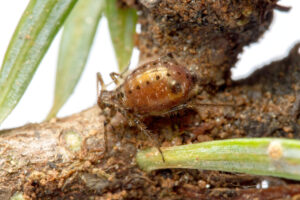
As the holiday season approaches, the PDIC will be following scheduled closures based on the university holiday calendar. For Thanksgiving, …
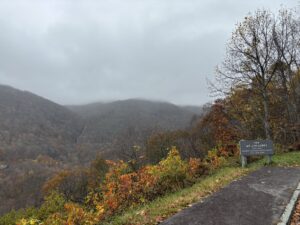
On October 16, 2024, Gov. Cooper issued an executive order to increase the maximum calculable amount of weekly unemployment …
Join us for an informational webinar focused on reopening food businesses after a major flooding event. This webinar will …
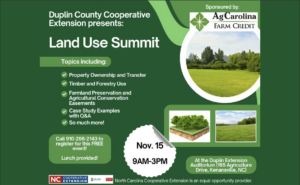
N.C. Cooperative Extension, Duplin County Center – with support from Ag Carolinas Farm Credit – will host a farm and …

North Carolina Cooperative Extension has partnered with NC State University’s Center for Clean Energy Technology to host a series …
December 26, 2024 UPDATE: On December 26rd, a merits panel on the Fifth Circuit Court of Appeals stayed the ruling …
In light of Hurricane Helene and the subsequent assistance provided by the federal, state, and local governments along with …
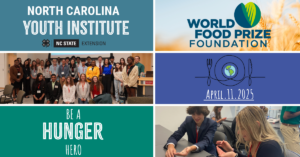
All high school youth are invited to join us for the 2025 North Carolina Youth Institute on April 11th, …
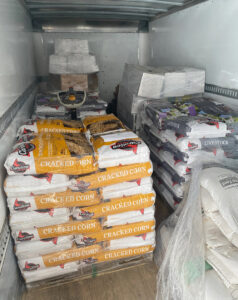
Our Chatham County agribusiness stores have stepped up to aid farmers in western North Carolina devastated by Hurricane Helene. …
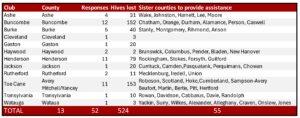
Update 11/02/24 We are tabulating a running compilation of the documented needs of beekeepers in Helene-affected areas. This table will …
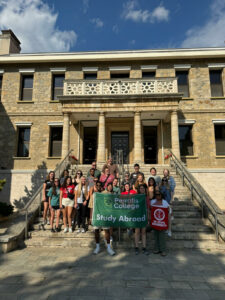
Earlier this year, the Agricultural and Human Sciences (AHS) Department took a group of 24 students and faculty members …

Over the years we have received numerous questions from farmers – and the Cooperative Extension agents who serve them …
Tropical storms and hurricanes are unfortunate events that are sometimes experienced by people living in North Carolina. Informed decisions …

Hurricane Helene is expected to bring significant amounts of rainfall to areas where fresh fruits and vegetables are grown …
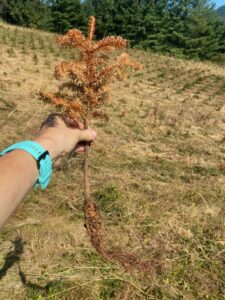
Weather Trends: Hot and Dry Summers Here to Stay Skip to Weather Trends: Hot and Dry Summers Here to Stay According …
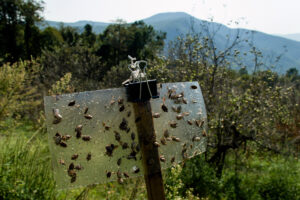
For all practical purposes, brown marmorated stink bug (BMSB) is the only potential pest to be concerned with at …

This publication discusses Anthracnose Fruit Rot (Colletotrichum sp.) of blueberries in detail. Included are the …

This factsheet describes the symptoms of a shoot inhibitor herbicide injury.

This factsheet describes the symptoms of a metribuzin herbicide injury.

This factsheet describes the symptoms of a dichlobenil herbicide injury.

This factsheet describes the symptoms of a protoporphyrinogen oxidase inhibitor herbicide injury.
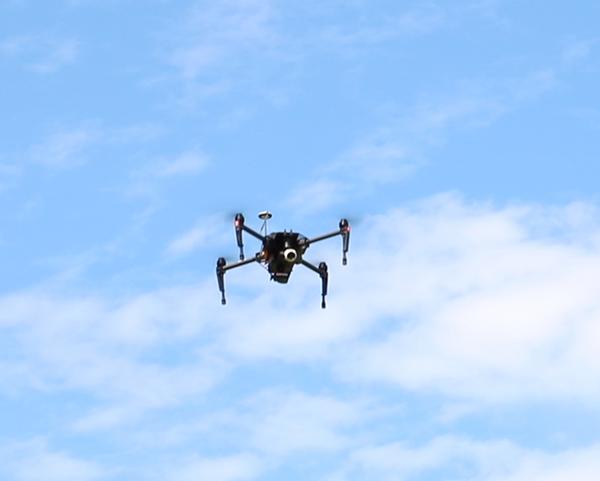
This publication discusses flying unmanned aerial vehicles (drones, model aircraft) for commercial purposes. You'll learn …
The per-capita consumption of processed tomatoes has increased steadily in recent years. This has been …
The tomato is a warm season crop. With special production practices you can produce your …